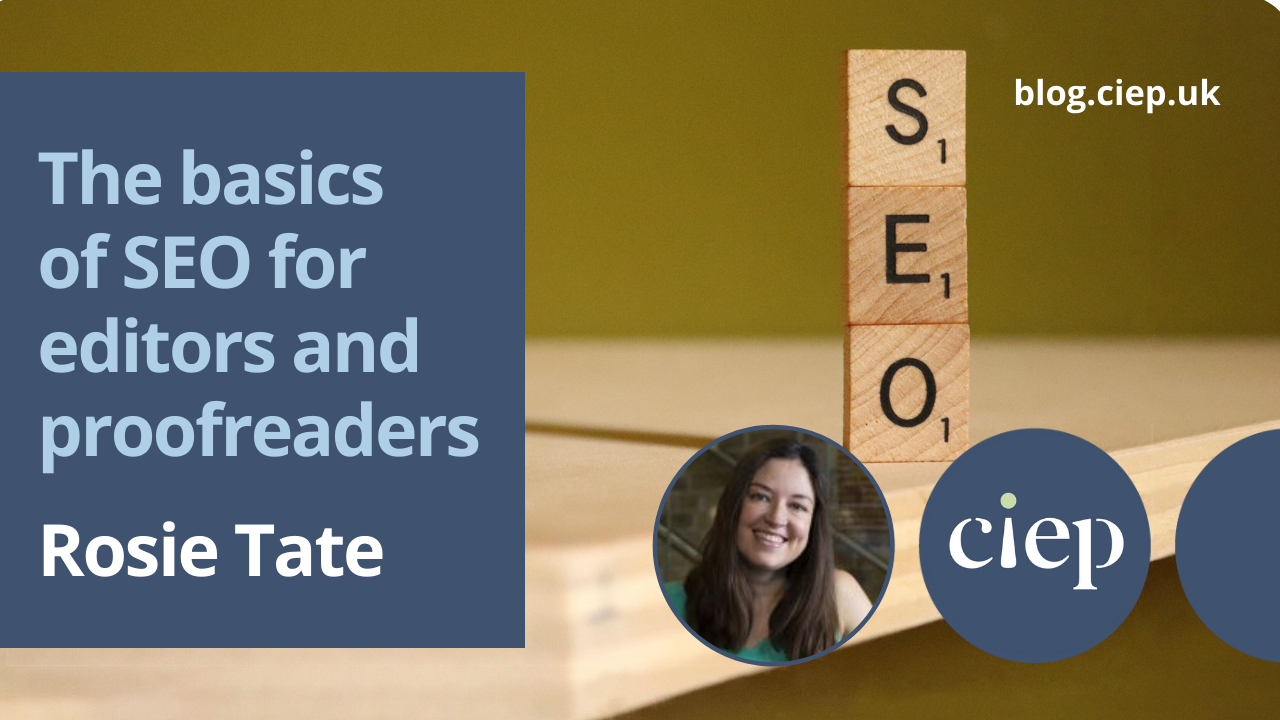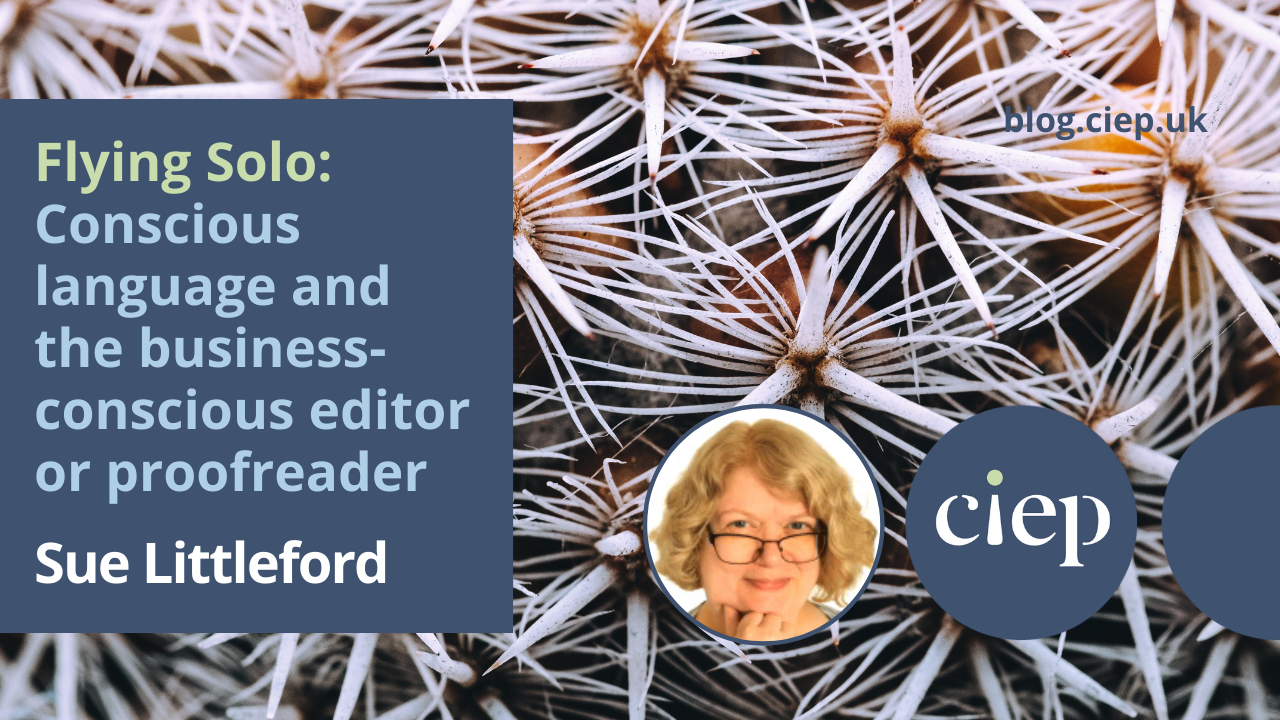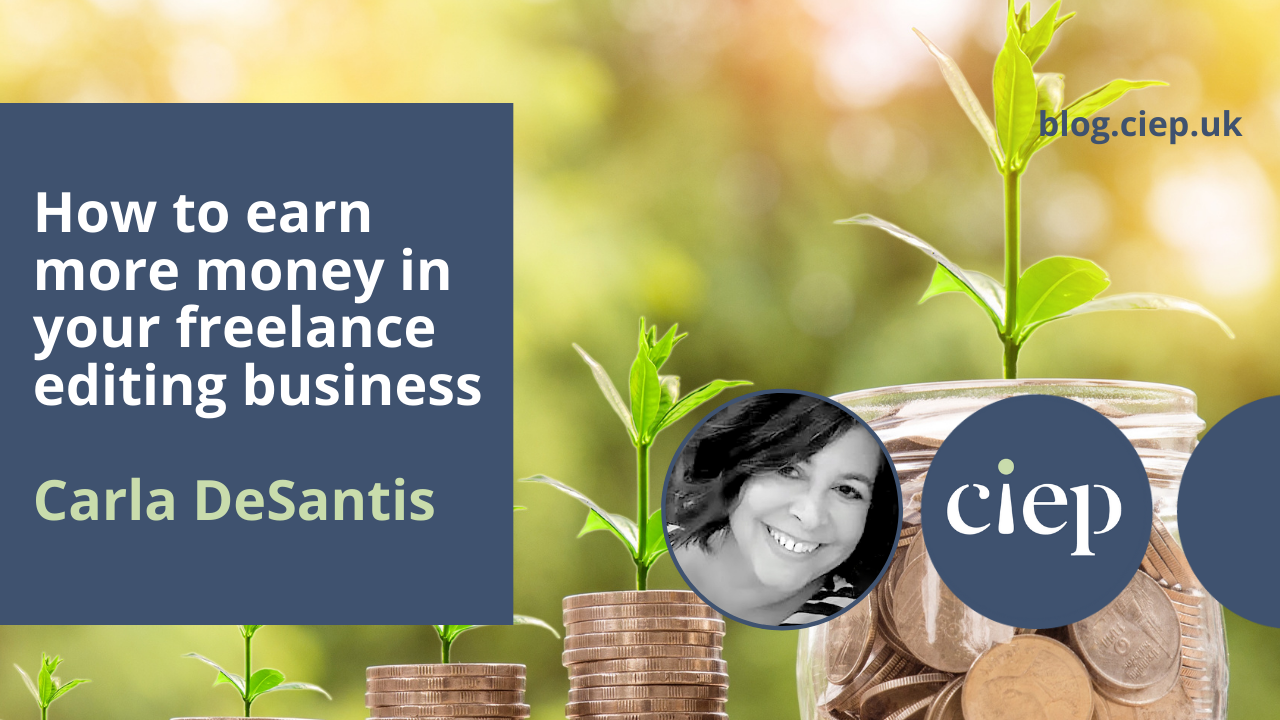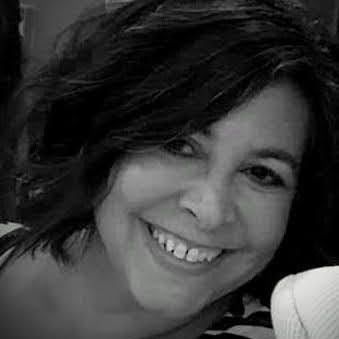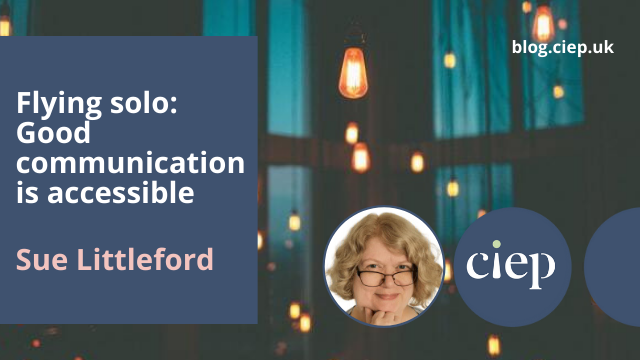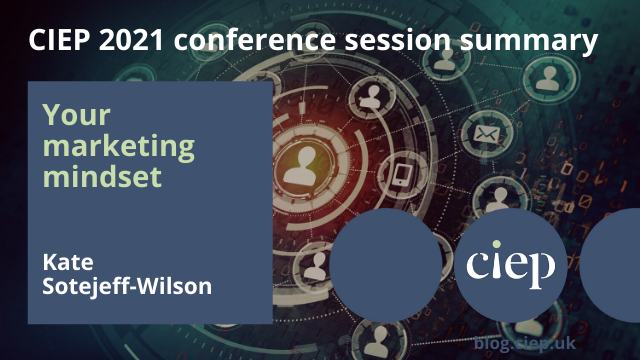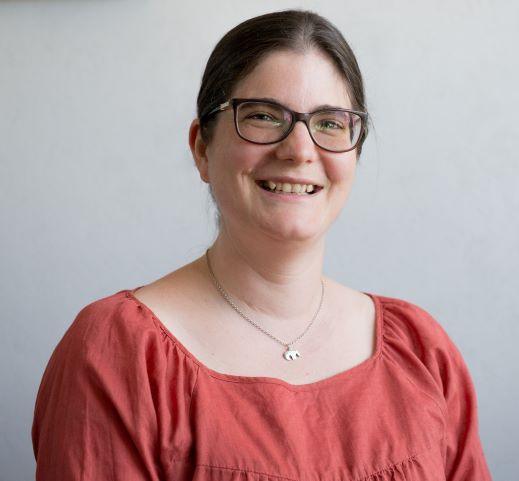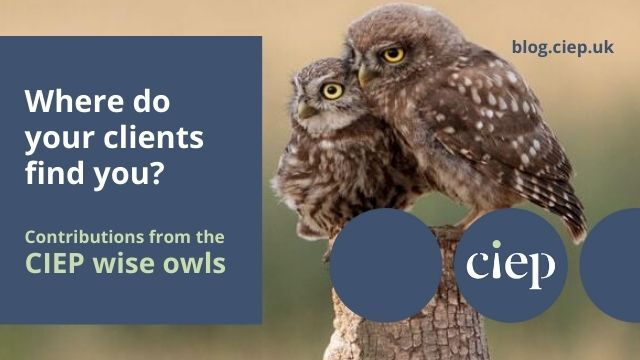Have you come across the term ‘search engine optimisation’, or SEO, and wondered what it means? Or perhaps you have a vague idea of what it is but you’re not sure how or when to use it? If you write or edit copy that will be published online, it’s useful to know some SEO basics to make sure your content ranks well on search engines. Rosie Tate explains how you can add value to copy that’s destined for the web.
What is SEO?
You edit or write the most fabulous copy and it’s published on a website. That’s great. But if it doesn’t appear in search results on search engines like Google or Bing, it’s unlikely to get much interest. Few people are going to simply stumble across it.
Search engine optimisation, or SEO, involves ‘optimising’ web pages to improve their position in search engine results. It can make the difference between a web page being found – and therefore read – and simply lurking in a lonely corner of the web. This is why SEO is such a big deal: the higher a website appears in the search results, the more people will see it.
So how do we optimise online content? There are several things you can do to increase the chances of a page being ranked well by search engines. If you want to give it a go without getting too technical, the following tips are a good place to start.
Use keywords
Let’s say you’ve been asked by a client to work on their website copy. They sell organic chocolate. The first thing to do is identify the main search terms, or ‘keywords’, that people actually type into Google when they’re looking to buy this product.
There are lots of free tools you can use, such as Keyword Generator. If you type in ‘organic chocolate’, it tells you that there are 700 monthly searches for this in the UK. It also gives you related search terms, such as ‘organic chocolate bar’ and ‘raw organic chocolate’. Choose one main keyword per web page and make sure this is used in the copy. You can also embed other keywords throughout your content.
Include your main keywords in headings
Headings act as signposts that guide a reader through a web page and make it easier to read. They also help Google to understand what the web page is all about, so include keywords in headings to help your page rank well.
You’ll need to strike the right balance between using keywords and ensuring the copy reads well. Beware of ‘keyword stuffing’, or copy crammed with keywords to please search engine algorithms. Headings should summarise the content on the page in a clear, informative way, and content should flow naturally.
Use links
An external link is a hyperlink that directs the user to another website. As well as being useful for readers and helping to give your website credibility, these can also give SEO a boost. External links help search engines determine the usefulness and quality of a web page. The search engines use metrics to determine the value of external links, including the trustworthiness and popularity of the site you’re linking to, and how relevant it is to the page you’re linking from.
Coming back to our organic chocolate example, if you link to an interesting article about how cocoa is grown, this can help Google figure out that your web page is about chocolate – and will therefore help to rank the content more favourably.
If you’re working on a whole website, it also helps to use internal links, or links between the different pages on your websites, where relevant. These help search engines determine how the content on your site is related and the value of each page. If there are lots of links to a particular page, search engines will see this as important and prioritise it when it comes to SEO.
Backlinks
Backlinks are links from other websites to your website. For instance, someone might advertise your services and include a link to one of your web pages, or you might write a piece of content for someone else that includes a link to your site. Backlinks are important for SEO because they help give your site authority, and search engines will favour pages with lots of quality backlinks. A backlink from a respected, high-authority website is better than one from a site that receives very few visits. So if you’re involved not only in editing or writing a website but also in promoting it, do some research on how backlinks can help to get your site found.
Play around with some online tools
There are lots of online tools you can use to make sure content is optimised. Here are three of my favourites:
Google Trends: This is a great free tool that shows you how much a term is searched for on Google over time and suggests similar trending topics.
Answer the Public: Enter a keyword to see what people are asking about around this topic. This can give you some great ideas if you’re planning content (and some interesting insights into the human mind).
Surfer SEO: OK, so this one isn’t free, but if you’re serious about SEO, you might want to give it a try. It includes a content editor where you paste in your copy and it tells you exactly what you need to do to optimise it.
The above merely scratches the surface of the world of SEO. If you want to dig deeper, there’s a wealth of free information out there. Good luck getting that content found online!
About Rosie Tate
 Rosie Tate is co-founder of Tate & Clayburn, a London-based company that offers copyediting, proofreading, copywriting and translation services to clients worldwide. A first-class Oxford University languages graduate with an MA in Documentary Filmmaking, she’s an experienced editor, writer and producer, having worked for Oxford University Press, the BBC and Save the Children.
Rosie Tate is co-founder of Tate & Clayburn, a London-based company that offers copyediting, proofreading, copywriting and translation services to clients worldwide. A first-class Oxford University languages graduate with an MA in Documentary Filmmaking, she’s an experienced editor, writer and producer, having worked for Oxford University Press, the BBC and Save the Children.
 About the CIEP
About the CIEP
The Chartered Institute of Editing and Proofreading (CIEP) is a non-profit body promoting excellence in English language editing. We set and demonstrate editorial standards, and we are a community, training hub and support network for editorial professionals – the people who work to make text accurate, clear and fit for purpose.
Find out more about:
Photo credits: SEO letters by NisonCo PR and SEO on Unsplash, chocolate by Vie Studio on Pexels, Google by Souvik Banerjee on Unsplash.
Posted by Harriet Power, CIEP information commissioning editor.
The views expressed here do not necessarily reflect those of the CIEP.

